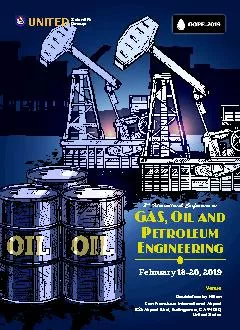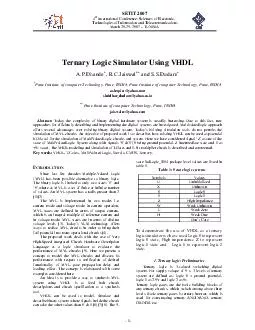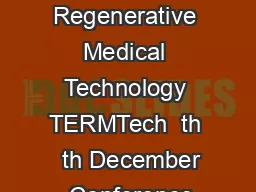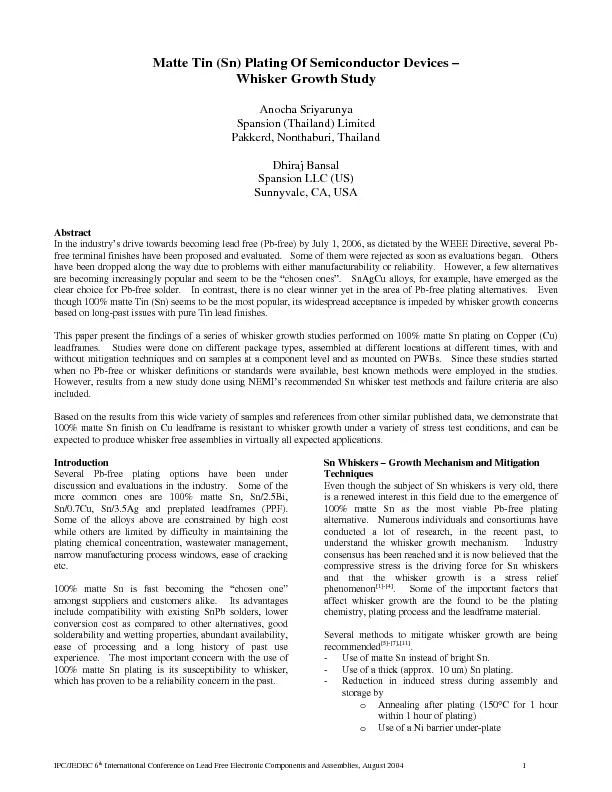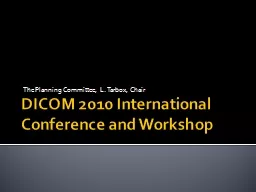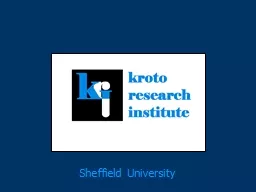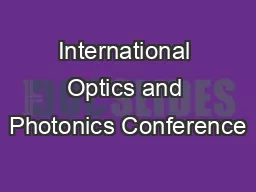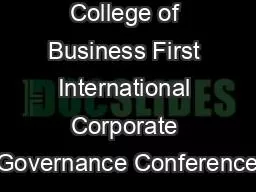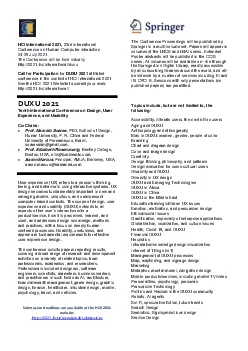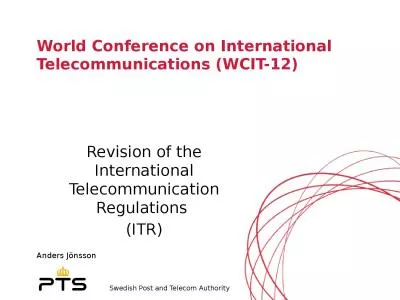PDF-International Conference on
Author : hazel | Published Date : 2021-06-12
3 rd February 1820 2019 UNITED Seigntix00660069e Group Venue DoubleTree by Hilton San Francisco International Airport 835 Airport Blvd Burlingame CA 94010 United
Presentation Embed Code
Download Presentation
Download Presentation The PPT/PDF document "International Conference on" is the property of its rightful owner. Permission is granted to download and print the materials on this website for personal, non-commercial use only, and to display it on your personal computer provided you do not modify the materials and that you retain all copyright notices contained in the materials. By downloading content from our website, you accept the terms of this agreement.
International Conference on: Transcript
Download Rules Of Document
"International Conference on"The content belongs to its owner. You may download and print it for personal use, without modification, and keep all copyright notices. By downloading, you agree to these terms.
Related Documents

